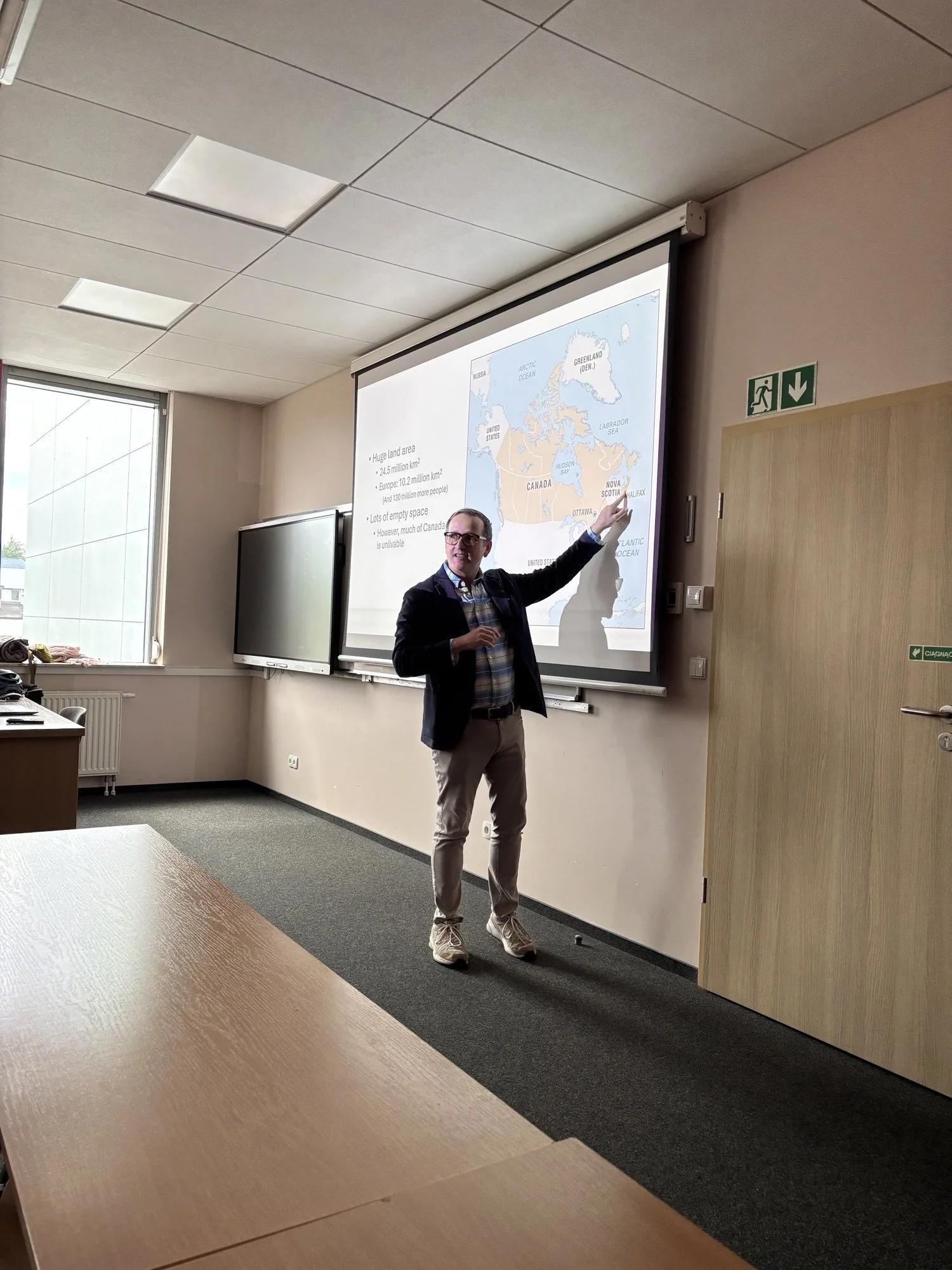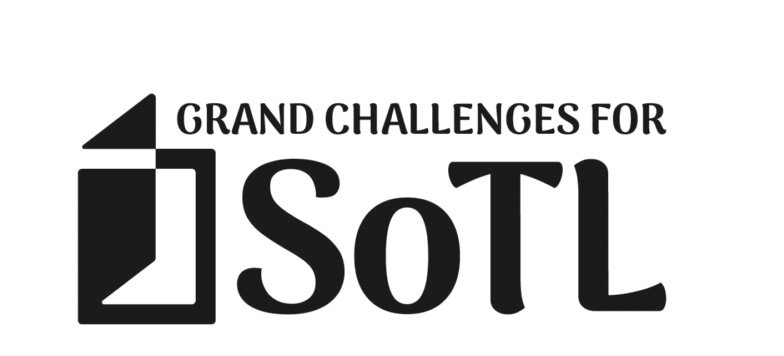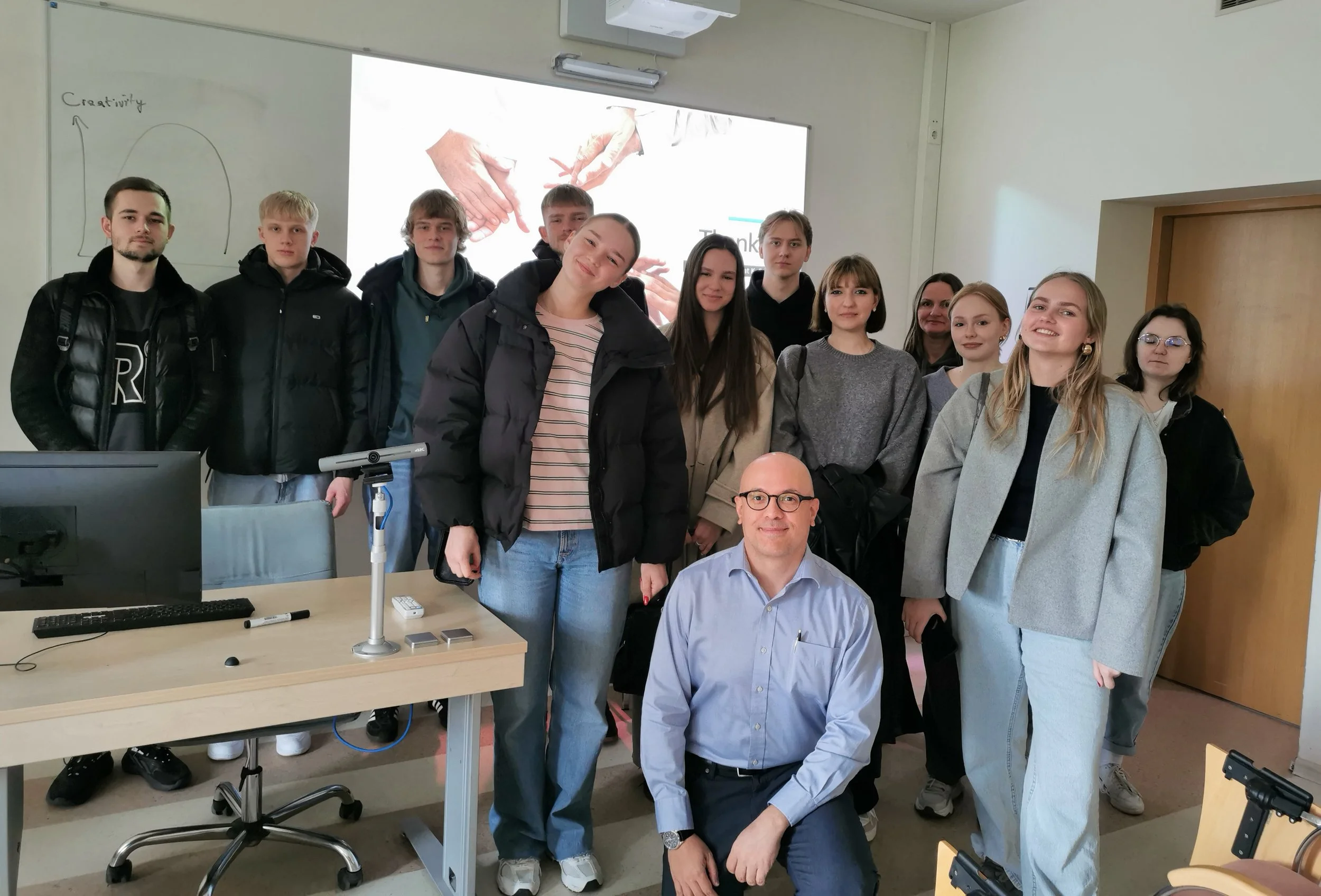Formal analysis
Formal analysis (textual analysis) seeks to understand how form relates to meaning.
Terminology
shot: a view provided by an uninterrupted run of the camera
sequence: a segment of the film
frame/framing: the view that we see and the act of constructing it
shot size: close-up (CU) head and shoulders; medium shot (MS) waist up; wide/long shot (WS/LS) full figure
camera angles: high, low, neutral
camera height: high, low, standard
camera movement
• side to side: pan or track
• up or down: tilt or pedestal
shot duration: the length of the shot (consider in relation to others in the sequence)
mise-en-scène: elements that are put in the frame
• props
• set and décor
• lighting
• costume and make-up
• staging: actors, movement, performance
• consider the overall composition of the frame
editing: consider the significance of shots in relation to each other
sound: is it complimentary or contrapuntal to what we see?
Writing conventions in formal analysis
Use “the viewer.” Avoid “you.”
e.g., Paro is first introduced to the viewer in close-up. This suggests to the viewer that…
Formal analysis assumes that films can’t make the viewer think or feel anything. Films are persuasive (i.e., they use rhetorical appeals).
Avoid:
The lighting makes the viewer think that…
Use:
The lighting suggests that…
The lighting implies that…
The lighting conveys the impression that…
The lighting aligns the character with…
The lighting associates the character with…
Be sure to explain links between claims, support (evidence), as well as the implications of what you notice.





















